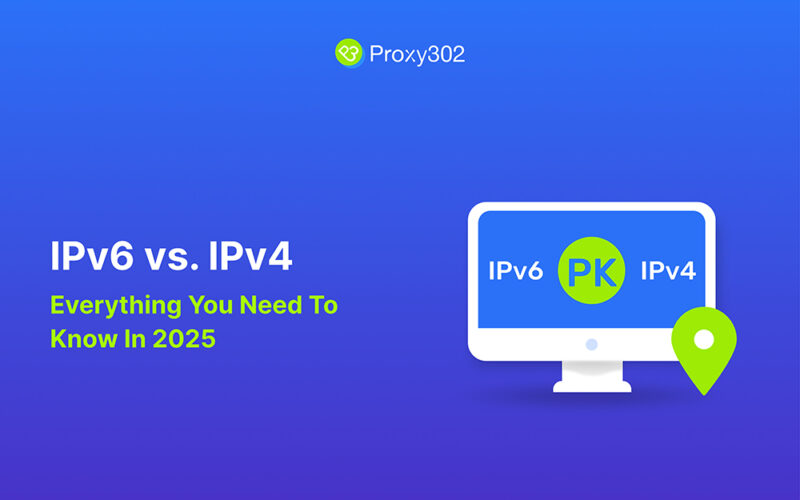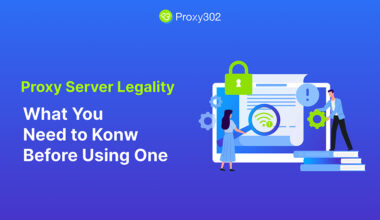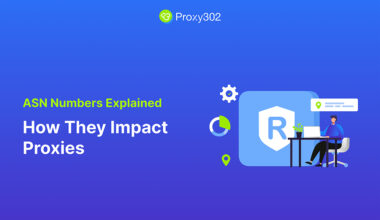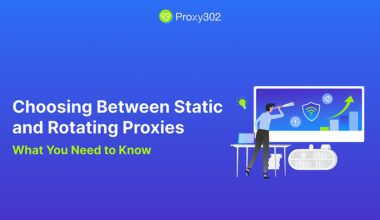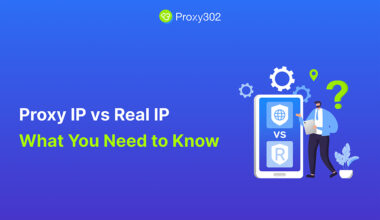The internet is a vast, interconnected web of networks that relies on protocols to function smoothly. At the heart of this system are IP addresses, which act as unique identifiers for devices connected to the internet. As the digital landscape continues to evolve, understanding what is IPv6 and its differences with IPv4 is crucial for businesses, developers, and everyday users. In this article, we’ll delve into the key distinctions and advantages of these two protocols, while also exploring how Proxy 302 can enhance your internet experience with its comprehensive features.
What is IPv4?
IPv4, or Internet Protocol version 4, is the fourth iteration of the Internet Protocol. Introduced in the early 1980s, IPv4 has been the backbone of internet communication for decades. It uses a 32-bit address scheme, which allows for approximately 4.3 billion unique addresses. An IPv4 address is typically represented in decimal format, divided into four octets separated by dots (e.g., 192.168.1.1).
However, the rapid growth of the internet and the proliferation of connected devices have led to IPv4 address exhaustion. According to a report from the American Registry for Internet Numbers (ARIN), the IPv4 address pool was officially depleted in 2015, highlighting the urgent need for a new protocol to accommodate future growth.
What is IPv6?
IPv6, or Internet Protocol version 6, was developed to overcome the limitations of IPv4. It uses a 128-bit address scheme, exponentially increasing the number of available addresses to approximately 340 undecillion (that’s 340 followed by 36 zeros!). This vast address space ensures that every device on the planet can have a unique IP address, paving the way for the continued expansion of the internet and the Internet of Things (IoT).
An IPv6 address is typically represented in hexadecimal format, divided into eight groups separated by colons (e.g., 2001:0db8:85a3:0000:0000:8a2e:0370:7334). This format not only provides more addresses but also includes features designed to improve routing efficiency and security.
Key Differences Between IPv4 and IPv6

Address Length and Format
- IPv4: Uses 32-bit addresses, resulting in a total of about 4.3 billion unique addresses. The format is four decimal numbers separated by dots.
- IPv6: Uses 128-bit addresses, offering an almost limitless number of unique addresses. The format is eight groups of hexadecimal numbers separated by colons.
Header Complexity and Processing
- IPv4: The header is 20-60 bytes long and contains various fields that increase processing complexity.
- IPv6: The header is simplified to 40 bytes, streamlining processing and improving performance.
Security Features
- IPv4: Security features are optional and often implemented at the application layer.
- IPv6: Designed with security in mind, IPv6 includes IPsec as a mandatory component, providing end-to-end encryption and data integrity.
Auto-Configuration and Network Renumbering
- IPv4: Relies on DHCP for address configuration, which can be cumbersome in large networks.
- IPv6: Supports stateless address auto-configuration (SLAAC), allowing devices to configure themselves independently and simplifying network management.
Advantages of IPv6 Over IPv4

Scalability and Future-Proofing
IPv6’s vast address space ensures that the internet can continue to grow without the constraints of address exhaustion. According to Cisco’s Annual Internet Report, by 2023, there will be more than 29 billion connected devices worldwide, with IPv6 being crucial to accommodate this growth.
Enhanced Security Features
With IPsec built into the protocol, IPv6 offers improved security measures over IPv4. This integration provides better protection against data interception and unauthorized access, making IPv6 a more secure choice for businesses and individuals alike.
Improved Efficiency and Performance
The simplified header structure of IPv6 reduces the processing load on routers, leading to faster data transmission and improved network performance. This efficiency is particularly beneficial for large-scale networks and high-traffic environments.
Support for New Services and Devices
IPv6’s ability to handle an enormous number of addresses makes it ideal for the burgeoning IoT landscape. As more devices become internet-enabled, IPv6 ensures that each can have a unique address, facilitating seamless communication and integration.
Challenges and Transition from IPv4 to IPv6
Despite its advantages, the transition from IPv4 to IPv6 has been slow. One of the primary challenges is compatibility; many existing systems and applications were designed with IPv4 in mind and require updates or replacements to support IPv6. Additionally, the dual-stack approach, where devices run both IPv4 and IPv6, can complicate network management.
However, technologies such as tunneling and translation are helping to bridge the gap, allowing IPv4 and IPv6 networks to communicate effectively. As more organizations recognize the benefits of IPv6, adoption rates are steadily increasing. According to Google’s IPv6 statistics, as of 2023, over 40% of users globally access Google services via IPv6, highlighting the growing adoption of the protocol.
How Proxy 302 Enhances Your Internet Experience
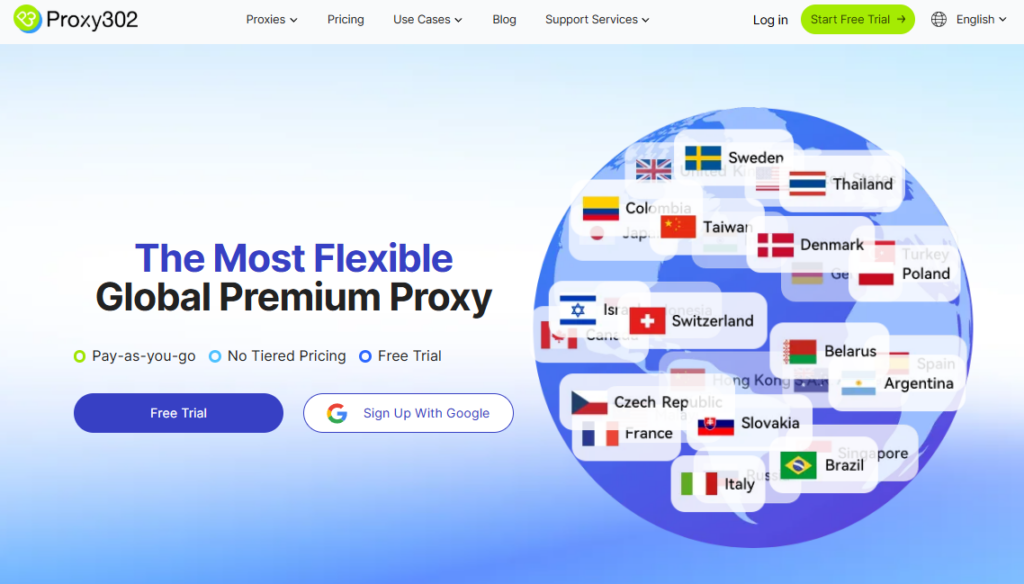
Proxy 302 offers a flexible and powerful solution for navigating the complexities of internet protocols. With over 65 million IPs globally, Proxy 302 provides comprehensive proxy types, including city-level targeting residential proxies. This diversity allows users to access a wide range of content and services with ease.
One of the standout features of Proxy 302 is its pay-as-you-go model, eliminating the need for monthly subscriptions. This flexibility is perfect for businesses and individuals who require variable usage levels, ensuring you only pay for what you need.
By leveraging Proxy 302, users can enhance their online privacy, bypass geo-restrictions, and improve overall internet performance. Whether you’re a business looking to expand your reach or an individual seeking a secure browsing experience, Proxy 302 offers the tools you need to succeed.
Ready to experience the benefits of Proxy 302? 👉 Start Your Free Trial Now 👈 and discover how our global premium proxy services can elevate your internet experience. With Proxy 302, you’re not just connecting to the internet—you’re unlocking its full potential.


